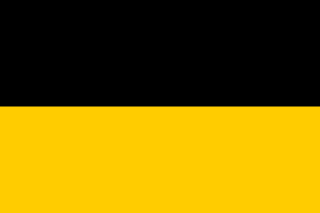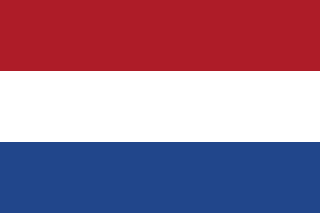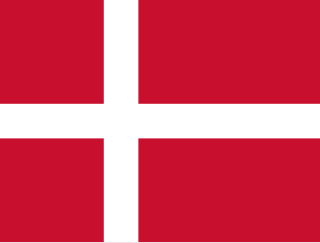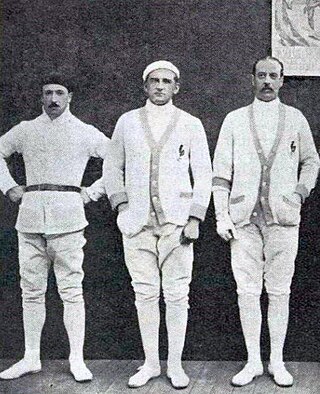Contents
| Fencing at the Games of the V Olympiad | |
|---|---|
 | |
At the 1912 Summer Olympics, five fencing events were contested. [1]
| Fencing at the Games of the V Olympiad | |
|---|---|
 | |
At the 1912 Summer Olympics, five fencing events were contested. [1]
A total of 184 fencers from 16 nations competed at the Stockholm Games:
| Rank | Nation | Gold | Silver | Bronze | Total |
|---|---|---|---|---|---|
| 1 | 2 | 1 | 1 | 4 | |
| 2 | 2 | 0 | 1 | 3 | |
| 3 | 1 | 1 | 0 | 2 | |
| 4 | 0 | 1 | 1 | 2 | |
| 5 | 0 | 1 | 0 | 1 | |
| 0 | 1 | 0 | 1 | ||
| 7 | 0 | 0 | 2 | 2 | |
| Totals (7 entries) | 5 | 5 | 5 | 15 | |

The modern pentathlon is an Olympic multisport that currently consists of fencing, freestyle swimming, equestrian show jumping, laser pistol shooting, and cross country running. Equestrian will be replaced by a form of obstacle course racing at the 2028 Summer Olympics.
At the 1996 Summer Olympics, ten fencing events were contested. Women's épée events made a debut at these Games.
At the 1992 Summer Olympics, eight fencing events were contested. Men competed in both individual and team events for each of the three weapon types, but women competed only in foil events.

At the 1980 Summer Olympics in Moscow, eight events in fencing were contested. Men competed in both individual and team events for each of the three weapon types, but women competed only in foil events. They were held between July 22 and July 31 at the fencing hall of the Sports Complex of the Central Sports Club of the Army.
At the 1976 Summer Olympics in Montreal, eight events in fencing were contested. Men competed in both individual and team events for each of the three weapon types. Women competed in foil events.
At the 1952 Summer Olympics, seven fencing events were contested, six for men and one for women.

Austria competed at the 1912 Summer Olympics in Stockholm, Sweden. Austrian and Hungarian results at early Olympic Games are generally kept separate despite the union of the two nations as Austria-Hungary at the time. 85 competitors, 76 men and 6 women, took part in 46 events in 12 sports.

Athletes from the Netherlands competed at the 1912 Summer Olympics in Stockholm, Sweden. 33 competitors, all men, took part in 14 events in 7 sports.

Denmark competed at the 1912 Summer Olympics in Stockholm, Sweden. 152 competitors, 151 men and 1 woman, took part in 46 events in 13 sports.

Denmark competed at the 1924 Summer Olympics in Paris, France. 89 competitors, 78 men and 11 women, took part in 60 events in 13 sports.

The men's foil was a fencing event held as part of the Fencing at the 1912 Summer Olympics programme. It was the fourth appearance of the event, which had not been contested in 1908. There were 94 competitors from 15 nations, a large increase from the 9 fencers who had competed in 1904. The event was won by Nedo Nadi of Italy, the first of his two victories in the event. His countryman Pietro Speciale took silver, while Richard Verderber of Austria took bronze.

The men's épée was a fencing event held as part of the Fencing at the 1912 Summer Olympics programme. It was the fourth appearance of the event, which had been introduced in 1900. The competition was held from 11 to 13 July at the Östermalm Athletic Grounds. There were 93 competitors from 15 nations. Each nation could enter up to 12 fencers. The event was won by Paul Anspach of Belgium. His countryman Philippe le Hardy took bronze. Silver went to Denmark's Ivan Joseph Martin Osiier, the only medal won by the perennial Olympian who competed in seven Games over 40 years. The medals were the first in the men's épée for both nations.

The men's team épée was a fencing event held as part of the Fencing at the 1912 Summer Olympics programme. It was the second appearance of the event, which had been introduced in 1908.

The men's épée was a fencing event held as part of the fencing at the 1920 Summer Olympics programme. It was the fifth appearance of the event. A total of 80 fencers from 13 nations competed in the event, which was held from August 20 to 23, 1920. Each nation was limited to eight fencers, down from 12 in 1908 and 1912. Of the six fencing events, the only one in which Nedo Nadi did not win a gold medal was the one in which he did not compete. Instead, a trio of Frenchmen swept the medals. It was Lippmann's second silver medal in the event, he having previously taken second in 1908; he was the second man to win multiple medals in the individual épée.

Japan has competed at the Asian Games since their inception in 1951, held in New Delhi, India. The National Olympic Committee of Japan, Japanese Olympic Committee, is responsible for organizing Japan's participation in the Asian Games. The Committee was established in 1911 and recognized by the International Olympic Committee in 1912; it is also the oldest Asian National Olympic Committee. Japan has a distinguished achievement among all Asian sport teams, being the only one to have won at least 20 gold medals at every Asian Games.

Artur Kamilevich Akhmatkhuzin is a Russian foil fencer, silver medallist at the 2013 World Fencing Championships.
The Columbia Lions fencing team is the intercollegiate fencing team for Columbia University located in Manhattan, New York City. The team competes in the Ivy League within Division I of the NCAA. The university first fielded a team in 1898, under the leadership of coach James Murray. The team is currently coached by Michael Aufrichtig.

Julia Beljajeva is an Estonian right-handed épée fencer.